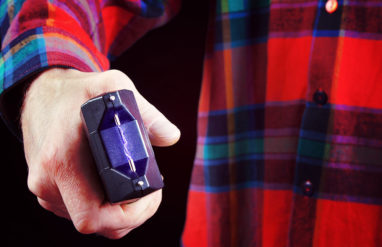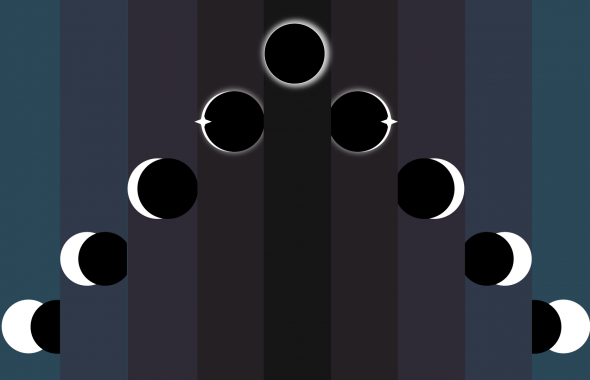Less than two decades ago, social media was in its infancy. Sure, there were LiveJournal and MySpace, but they had nowhere near the reach and impact of contemporary platforms like Twitter and YouTube.
YouTube launched in 2005 and, just over a year later, Twitter began. As of 2019, every day over 500 million tweets are sent on Twitter and over 5 billion—yes, billion—videos are watched on YouTube. That’s a lot of cat videos.
These sites have transformed the internet—and our lives as we know them, including our language. So, get internet-savvy with these words and expressions born from our new, digital normal.

























